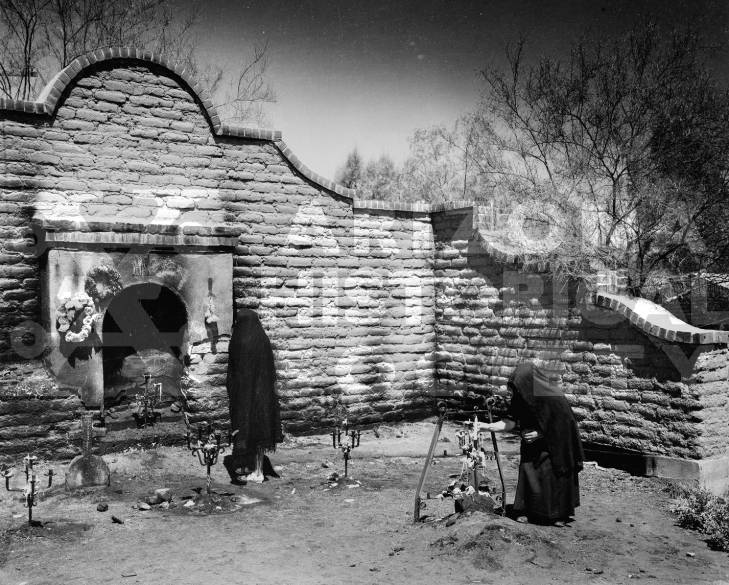Día de los Muertos, celebrated across the Catholic feast days of All Saints’ Day and All Souls’ Day, is a holiday popular in Mexico, Latin America, and the United States. Like the European traditions Samhain, All Hallows Eve and Halloween, Día de los Muertos is a night where the veil between worlds is lifted.
Unlike Halloween, Día de los Muertos isn’t a time where ghouls and goblins walk among us but a time where people pay respects to their ancestors and their ancestors can, in turn, visit them. Revelers celebrate the life and the legacy of their ancestors, but remember that everything must pass in it’s time. Día de los Muertos is also an important way for people to celebrate and grieve together. Without community, it is difficult to overcome the loss of a loved one.
Although experts debate the origins of Día de los Muertos, many believe that it is a continuation of Aztec and other Indigenous traditions. It is an example of folk Catholicism, blending Indigenous beliefs with Catholic practices. Every Día de los Muertos celebration is different–some communities celebrate on November 1st and 2nd, other communities begin the celebration on October 28th and finish on November 3rd! There are important symbols and practices that seperate Día de los Muertos from other mourning traditions. These include:
- Gravesite cleaning and decoration, especially strings and mounds of cempazúchitl, or the Mexican Marigold and art made from salt
- Creation of Ofrendas, or altars in homes or for communities
- Leaving food offerings at grave sites. These offerings can include pan de muerto (a sweet bread), fruit, tortillas, and sometimes even beer! Anything the loved one enjoyed in their life.
- Calacas y calaveras (skeletons and skulls)
- Butterflies, which sometimes represent children and babies who have passed (angelitos)

Wishing shrine in Tucson, Arizona, AHS Collections MS 1255 Charles and Lucile Herbert – Western Ways Features Manuscript and Photographic Collection.
For many Tucsonans, Día de los Muertos cannot be properly celebrated without a visit to El Tiradito, or the Wishing Shrine. Located on Main Ave, the shrine is one of the only Catholic shrines dedicated to a sinner. El Tiradito has many legends, stories, and curses surrounding it but regardless of its story is told, it is an important part of the fabric of Tucson. People leave candles, offerings, and photographs of their loved ones, stopping to say a prayer and reflect.
This year, due to Covid, Día de los Muertos celebrations look very different, with few to no public gatherings. Traditions nurture us in difficult times, and it is important that we keep our traditions alive despite hard times. Consider building your own ofrenda at home (you can find some crafts for kids here), taking a moment for reflection at El Tiradito or other space that feels good for contemplation, or even something as simple as enjoying the favorite meal of a deceased loved one.
Jaynie Adams
Museum Educator
Arizona History Museum, Tucson
Email Jaynie



